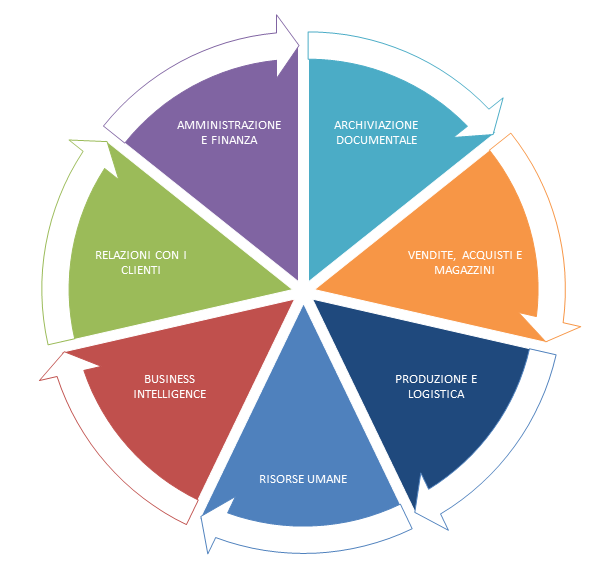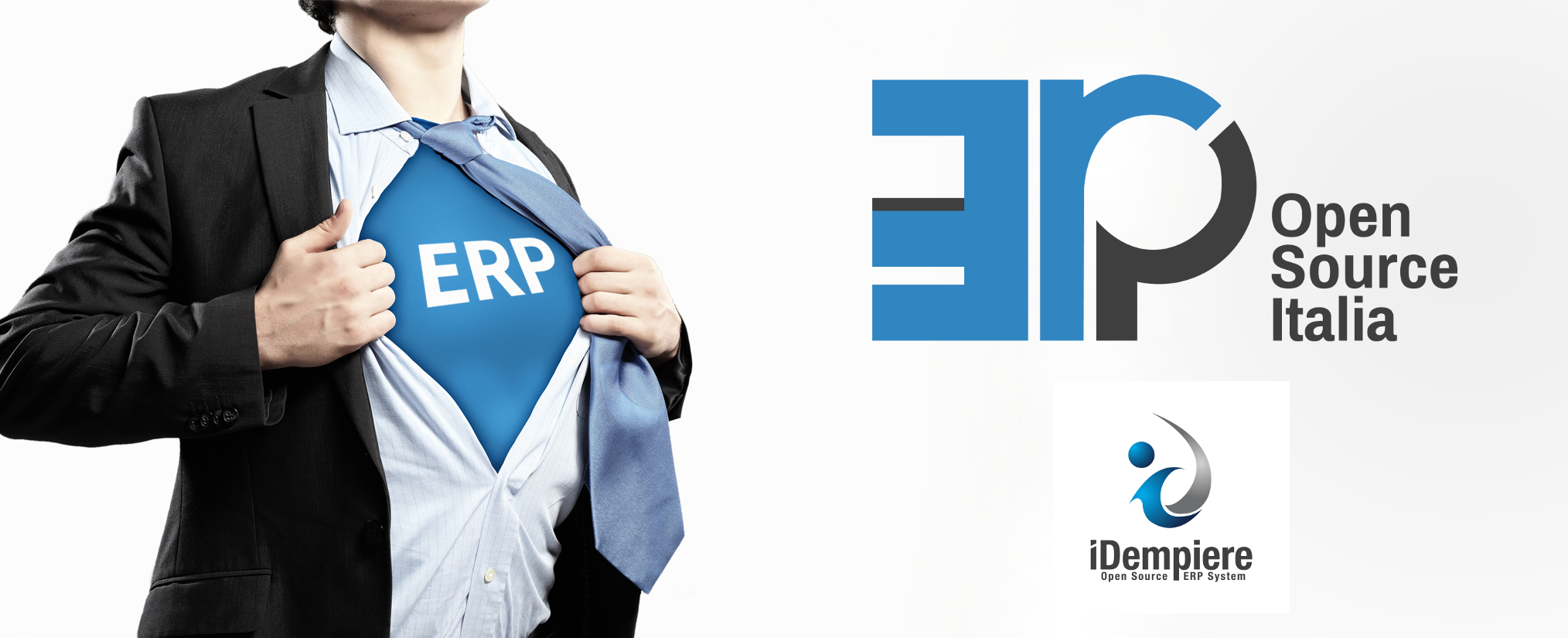LIGEST 2.0 – THE MODULAR AND INTEGRATED OPEN SOURCE ERP SOLUTION FOR MANAGING ALL BUSINESS PROCESSES

LIGEST 2.0 is the management suite based on the iDempiere Open Source engine. iDempiere is the best Open Source management system available on the market. It is a powerful, intuitive and feature-rich ERP system. Thanks to the ERP Open Source Italia community, it is recognised as the best and most suitable Open Source management system for our country’s accounting requirements.
Labinf Sistemi is a founding member of the ERP Open Source Italia Association. It is among the partners providing training and certifying members of the community and actively contributes to the stabilisation and evolution of iDempiere, both at Italian and international community level.
Thanks to the ERP Open Source Italia association, Labinf uses with its customers the version of iDempiere that complies with Italian accounting requirements and is always up-to-date according to current legislation.


